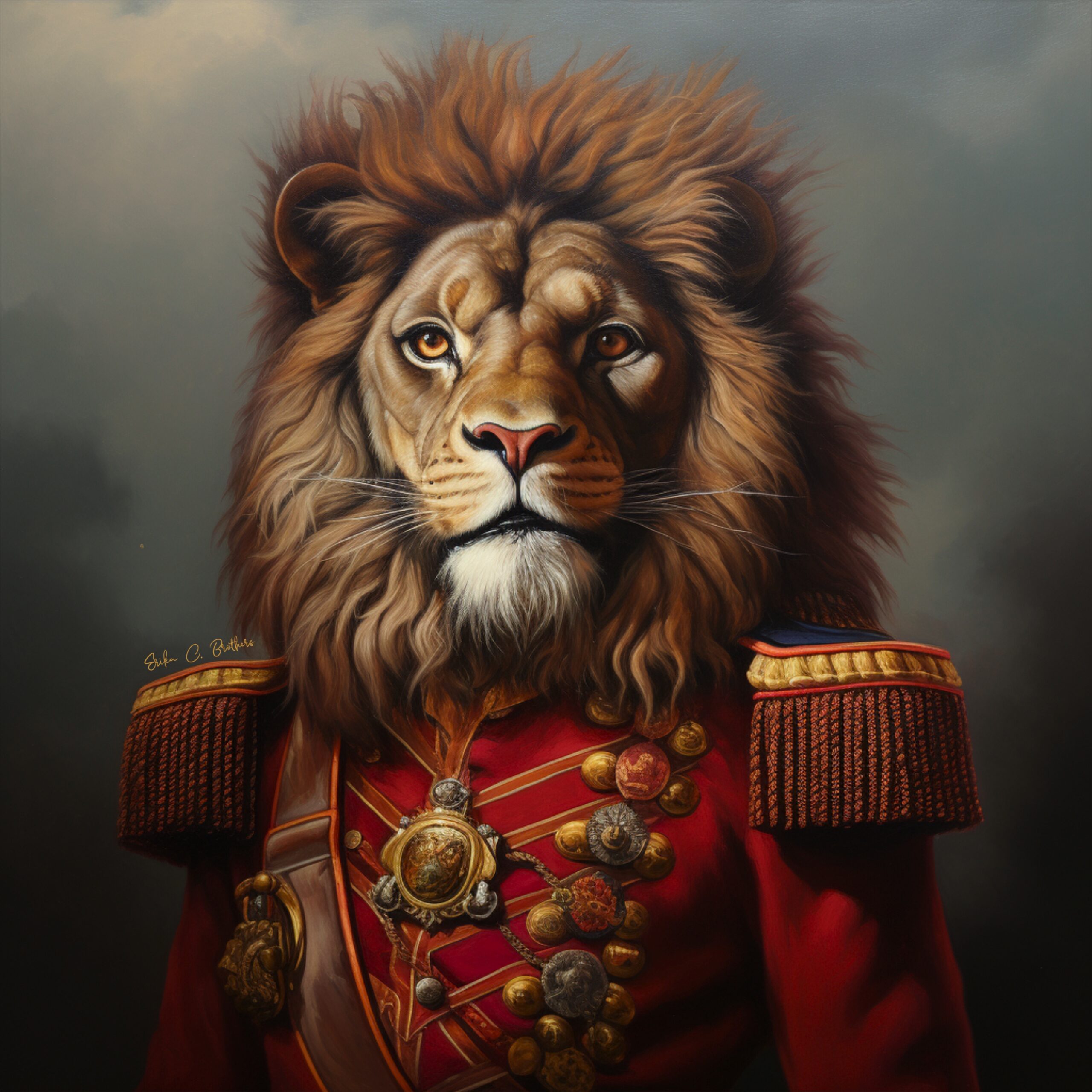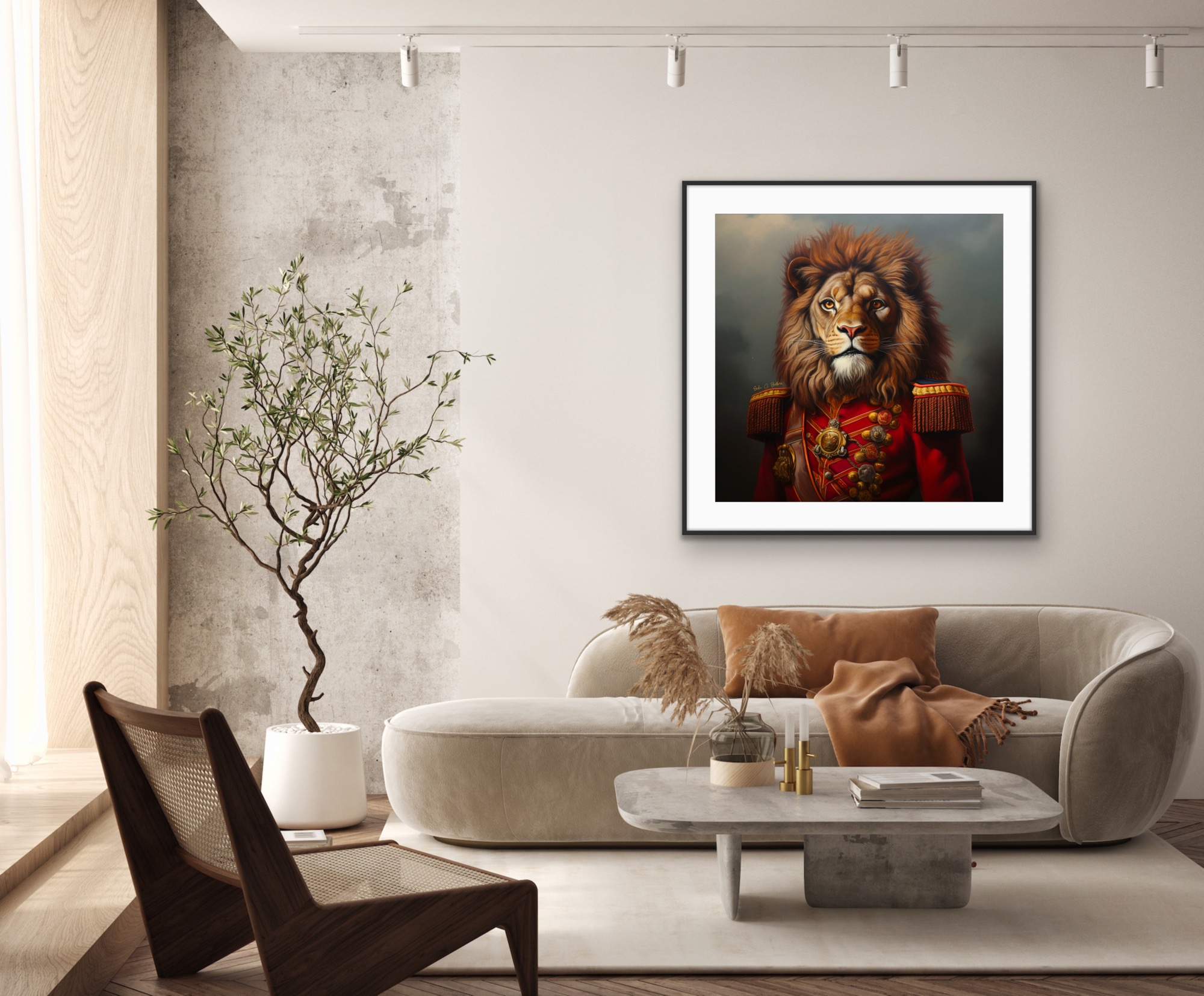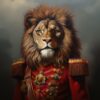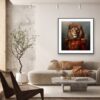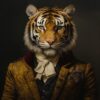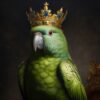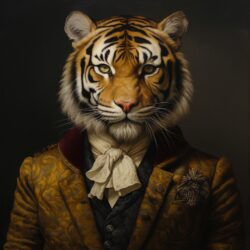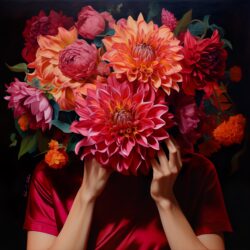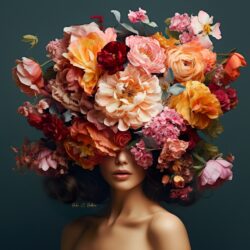Aristocrat Lion – AI Portrait
Price range: $37.00 through $740.00
The Future is here, but the past will always be present! As many of you know, I constantly look for new ways to create art and tell a story through visualization. For all you futurists, tech lovers and those interested in the next generation of imagination and creativity based on AI! Check out my innovative art through strange technological collaboration between AI, my thought creation, and my inner me.
*The prints can take up to 8 to 10 business days to print and ship.*All prices include shipping and handling.
*If your country or region does not fall within the current drop-down list of countries or regions, or if you are in need of additional print sizes not listed. Please contact us for options at sales@kikasworkshop.com or by using the contact form on the main page.
*Depending on the Art print selected, another size may be required due to design and pixels; we would advise if a size change is required. Additionally, color variations from computer to print may vary due to the textures of our Premium Fine Art Cotton Paper.
Please read my Terms of Service. We do not accept returns.

